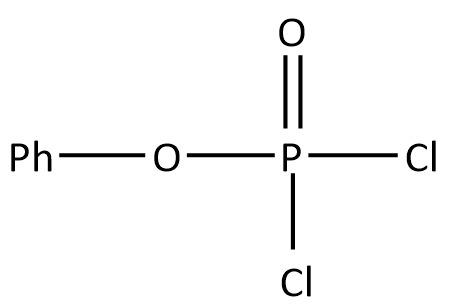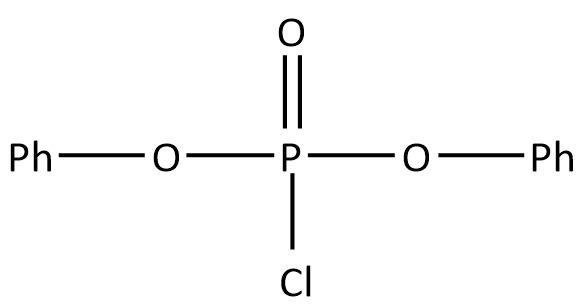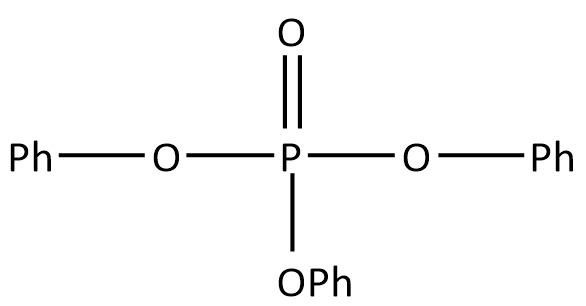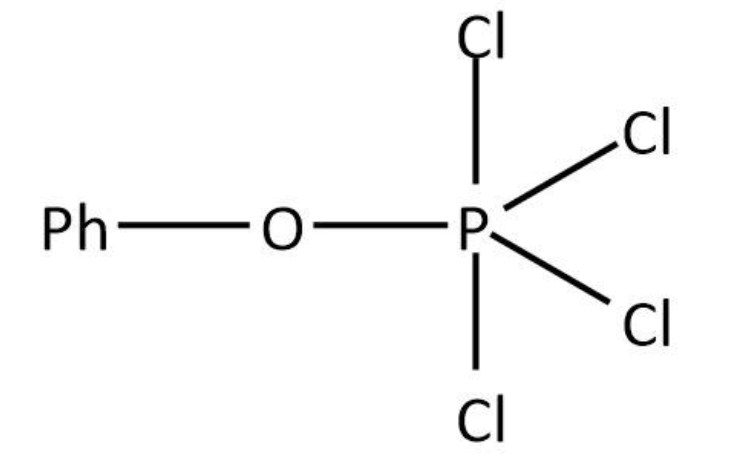
Phenol reacts with
A.

B.

C.

D. None of these



Answer
493.2k+ views
Hint: We know that in general, phosphorus pentachloride can be used for preparing alkyl chlorides from alcohol.
Complete step by step answer:
Functional groups impart specific characteristics as it is evident from the name itself. Based on the functional groups, we can have different categories of compounds. Let’s have a look at some of them.
Alkanes are simple hydrocarbons made up of only carbon and hydrogen atoms with a general formula of
Alkyl groups: These are derived from alkanes by removing one hydrogen atom and are present as substituents. We generally represent them with
Haloalkanes: These are also derived from alkanes by substituting hydrogen atom(s) with halogen(s). Halogens come under functional groups and are usually represented by
Alcohols: In this category, the functional group is represented by
As we can see that all of these are inter-related this led us to devise methods for preparing one from another. It has been found that generally, alcohols reacting with
However, when phenol in which the alcohol group is attached to the benzene ring, is treated with
We can draw the structure for as follows:

Therefore, the correct option is option (D).
Note:
We have to keep in mind that even though the functional group is the same, alkyl alcohols and aryl alcohols react differently.
Complete step by step answer:
Functional groups impart specific characteristics as it is evident from the name itself. Based on the functional groups, we can have different categories of compounds. Let’s have a look at some of them.
Alkanes are simple hydrocarbons made up of only carbon and hydrogen atoms with a general formula of
Alkyl groups: These are derived from alkanes by removing one hydrogen atom and are present as substituents. We generally represent them with
Haloalkanes: These are also derived from alkanes by substituting hydrogen atom(s) with halogen(s). Halogens come under functional groups and are usually represented by
Alcohols: In this category, the functional group is represented by
As we can see that all of these are inter-related this led us to devise methods for preparing one from another. It has been found that generally, alcohols reacting with
However, when phenol in which the alcohol group is attached to the benzene ring, is treated with
We can draw the structure for as follows:

Therefore, the correct option is option (D).
Note:
We have to keep in mind that even though the functional group is the same, alkyl alcohols and aryl alcohols react differently.
Recently Updated Pages
Master Class 11 Economics: Engaging Questions & Answers for Success

Master Class 11 Business Studies: Engaging Questions & Answers for Success

Master Class 11 Accountancy: Engaging Questions & Answers for Success

Master Class 11 English: Engaging Questions & Answers for Success

Master Class 11 Computer Science: Engaging Questions & Answers for Success

Master Class 11 Maths: Engaging Questions & Answers for Success

Trending doubts
Which one is a true fish A Jellyfish B Starfish C Dogfish class 11 biology CBSE

State and prove Bernoullis theorem class 11 physics CBSE

1 ton equals to A 100 kg B 1000 kg C 10 kg D 10000 class 11 physics CBSE

In which part of the body the blood is purified oxygenation class 11 biology CBSE

One Metric ton is equal to kg A 10000 B 1000 C 100 class 11 physics CBSE

Difference Between Prokaryotic Cells and Eukaryotic Cells




